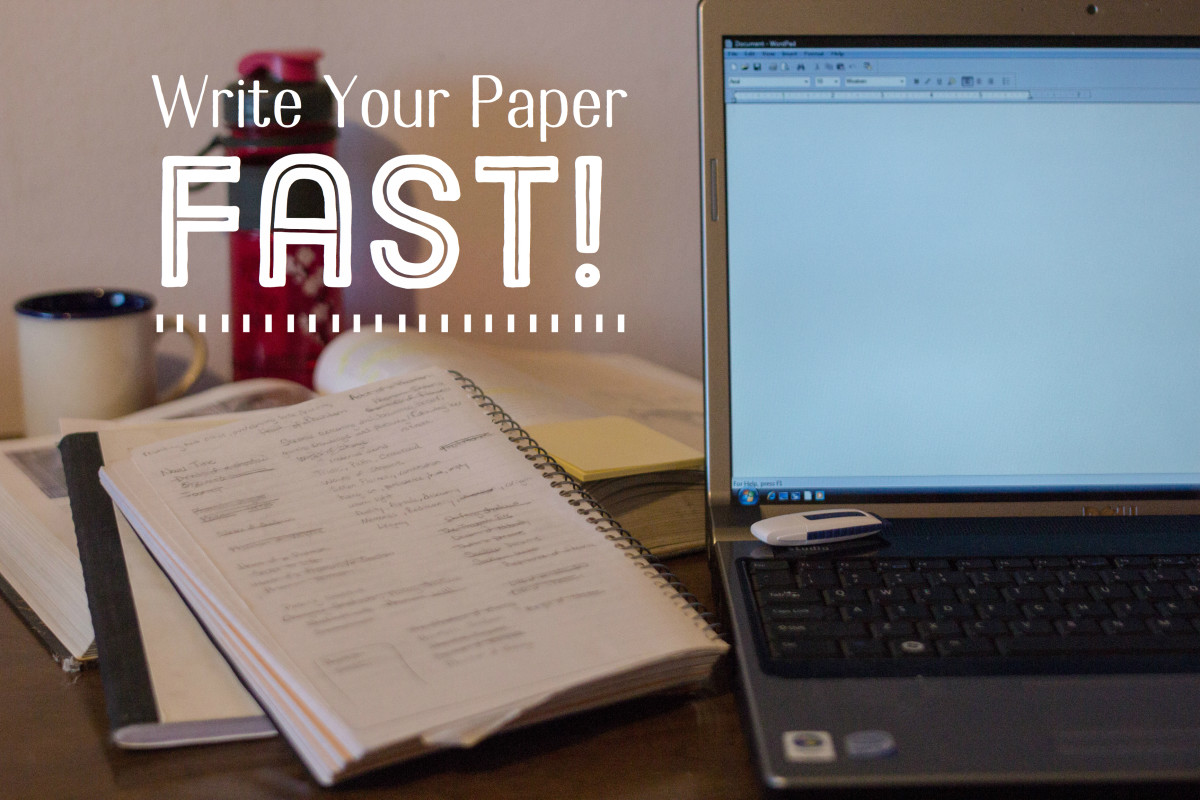How to organize an academic essay
Academic essays
Students are given assignments consistently, but every now and then a student is faced with having to write an essay. Whether its an expository, persuasive, or cause and effect essay, it needs to be constructed with some sort of organization. Basically, The best was to organize an Essay is to construct and follow an outline.
Step one: The Topic
It is important to have a research-able topic. If this is a problem, then it's time to find another Topic. This is very important because the outline must be constructed based on that topic. If there isn't any research-able information to add to the outline, then the essay will be "bare" and useless to the readers or audience. It's important to have background information, or researched information, to strengthen your credibility of knowledge based on your chosen topic. So chose wisely when deciding on the right Topic to use for your Essay.
*Note*: when choosing a topic to research be sure that you have at least three resources from scholarly databases that you can use for your essay. A student can never have too many resources. Also, be sure to use in text citations with your outline to help you visually see where you want them to be in your essay.
Examples and the usage of transition words and phrases
In-Text Citation examples
- Purdue OWL: MLA Formatting and Style Guide
MLA (Modern Language Association) style is most commonly used to write papers and cite sources within the liberal arts and humanities. This resource, updated to reflect the MLA Handbook for Writers of Research Papers (7th ed.) and the MLA Style Manua
A typical Essay
Once the Topic is chosen, and research has been done, it is time to begin organizing the data you have retrieved Most average academic essays have five paragraphs, so that's what we will follow, but the outline can be altered to add extra paragraphs, if needed.
*Note*: Through-out your essay and outline, you must utilize transition words or phrases to show a moment of change within the paragraph. It's important to use transition words and phrases consistently and effectively through-out your work to express scholarly work. All in all, the use of transition words and phrases gives the audience a clear view of new ideas or data that is being introduced.
Step two: Begin the Outline
The following text will give you an example of a easy to use outline. With the right researched data and a highlighter, each section of the outline can be filled out with ease.
*Note*: When filling out this outline it is best to use very few words. The outline is just to help you construct a visual of how you may want your essay look. Using less words will lessen the work you will have to do, so you can get straight to the essay its self.
First paragraph
Header at the top of page
(use heading format that you will use on the final draft of your essay)
Title:
Attention Getter:
Bridge:
Thesis statement:
The outline for the second paragraph is repeated for the next two body paragraphs (paragraphs three and four).
Second paragraph
Topic sentence:
Primary support 1: (Transition word or phrase)
- secondary support 1a:
- secondary support 1b:
- secondary support 1c:
Primary support 2: (Transition word or phrase)
- secondary support 2a:
- secondary support 2b:
- secondary support 2c:
Primary support 3: (Transition word or phrase)
- secondary support 3a:
- secondary support 3b:
- secondary support 3c:
Concluding sentence:
Conclusion Paragraph
Restate Thesis:
summarize:
Ending Impression:
Conclusion Paragraph Example
- Purdue OWL Engagement
Welcome to the Engagement area of the Purdue OWL. This area houses resources dedicated to - and often developed with - local organizations in greater Lafayette and Indiana.
After the Outline is Completed
Once you have completely filled out your outline, you may begin to construct your essay. This outline helped me visually construct my essays before beginning them. Using an outline is the most efficient way to begin an essay because it allows you to have complete control over you research and data. As well, it helps you keep track of your work, so you wont get lost through your writing, and neither will your audience when they read your work. Constructing an outline is a great way to enhance your organization skills for future essays, and as you use this tool more often you become accustomed to it, and writing essays in the future will become easier and easier. I know just how this process goes, and it is most definitely efficient and helpful.










